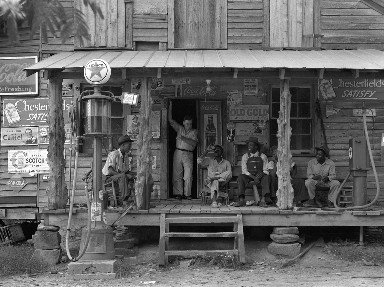Quiz Answer Key and Fun Facts
1. On May 29, 1953 at 11:30 am, Edmund Hillary stood atop Mt Everest in Nepal, becoming the first man to scale the highest mountain on the planet. Who else was standing there with him?
2. The date is July 20, 1969 - the day of the first moon landing. The Apollo 11 crew have achieved the dream and Michael Collins, in the command module looks down, as Neil Armstrong becomes the first man to walk on the moon, and Edwin "Buzz" Aldrin becomes the second. They almost never made it back. What fairly common everyday graphic object became an improvised tool that allowed the two "moonwalkers" to return to the command module?
3. The first sub-4-minute mile was run by Roger Bannister at Oxford University in England on May 6, 1954. Who were the two athletes who provided the pace throughout the race so that Bannister had the best possible chance of breaking the 4 minute mark?
4. It's a commonly held view that Alexander Fleming was the discoverer of penicillin, but there were two other men involved who don't always get their share of recognition. Who were these two men, who were joint Nobel Prize winners with Alexander Fleming in 1945, in the field of medicine, for the discovery of penicillin and its curative effect on infectious diseases?
5. Enrico Caruso, the legendary Italian operatic tenor, is credited with being the first artist to sell a million singles of a specific record. The recording was "Vesti la Giubba" from the opera "Il Pagliacci", and whilst Caruso gets all the credit, the composer gets very little. So, who composed the first million-record selling song ?
6. The first summer Olympics to be hosted in the southern hemisphere is generally accepted as being the XVI Olympiad in Melbourne, Australia in 1956. Strictly speaking, this is not quite true. Why is this so ?
7. On December 3, 1967 Dr Christiaan Barnard performed the first human to human heart transplant. Who was the recipient of the first human transplanted heart?
8. The first circumnavigation of the world is often attributed to Ferdinand Magellan, the great Portuguese mariner and navigator, and whilst it is true that he led the first fleet to do this, it is patently wrong. Why is this so ?
9. On Oct 14, 2012, Austrian Skydiver Felix Baumgartner became the first person to break the sound barrier in freefall. Along the way he also broke a record for the highest, farthest and longest freefall which had been set more than 50 years previously. Who set this record way back in 1960?
10. What "first", similar to the achievement of Charles Lindbergh in 1927, but much slower, was achieved in September 1984 and achieved a place in the record books?
Source: Author
merrijig
This quiz was reviewed by FunTrivia editor
bloomsby before going online.
Any errors found in FunTrivia content are routinely corrected through our feedback system.


